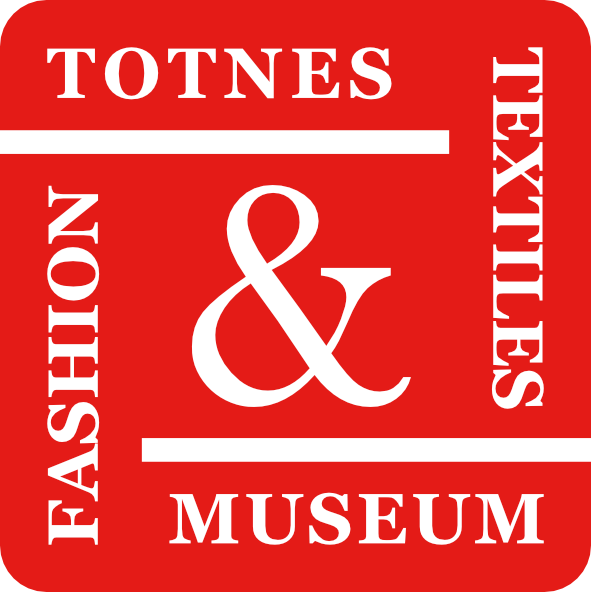Hair and Wigs in Ancient Egypt
In Ancient Egypt, as in many societies, human hair played an important part in cultural identity. It signalled gender, age, status and role in society, and also carried erotic, religious and magical overtones.
Most of the information available to us about how the ancient Egyptians wore their hair comes from funerary contexts, in the form of the preserved bodies of the deceased, the items that were placed in their burial, and the statues and reliefs found in the tombs of the elite minority, the purpose of which was to ensure the successful rebirth and entry into the afterlife that all Egyptians aspired to.
Fashions in hairstyles changed gradually through the more than three millennia of the Ancient Egyptian civilisation. Elite women sometimes wore their hair long and sometimes short or shaven and, whatever the style of the natural hair, also owned wigs for wear on particular occasions.
Their hair was usually worked into multiple narrow plaited, twisted or crimped tresses. Styles favoured by women included a thick shoulder-length bob in the early period, followed by a tripartite style, where three separate sections of hair were arranged down the back and in front of the shoulders, and a voluminous style, which covered most of the upper body.
Men of all classes wore their hair short or had shaven heads but elite men also wore elaborate wigs. Such wigs, skilfully made of human hair, which was a valuable commodity in the Egyptian barter economy, could only have been afforded by the wealthy and acted as a visual signal of the social status of their owner.
Although most Egyptian men were clean-shaven, they sometimes adopted a trim moustache, a short beard complete with side whiskers and moustache, or a small goatee-style beard. Rulers are often depicted wearing a short, straight false beard, while the gods, including deified kings, are shown with a long plaited beard, turned up at the end.
Children universally had shaven heads with or without the so-called ‘sidelock of youth’ — a single plait worn on one side of the head.
A range of hair accessories have been found in burials including combs, hairpins, mirrors, and hair pieces, and the inclusion of these items amongst tomb goods indicate how important hair and hairstyling was to the ancient Egyptians both in this life and the next.
All images on this page are copyright free or licensed under Creative Commons Attribution 2.0 Generic license or Creative Commons Attribution-ShareAlike 4.0 International license.
